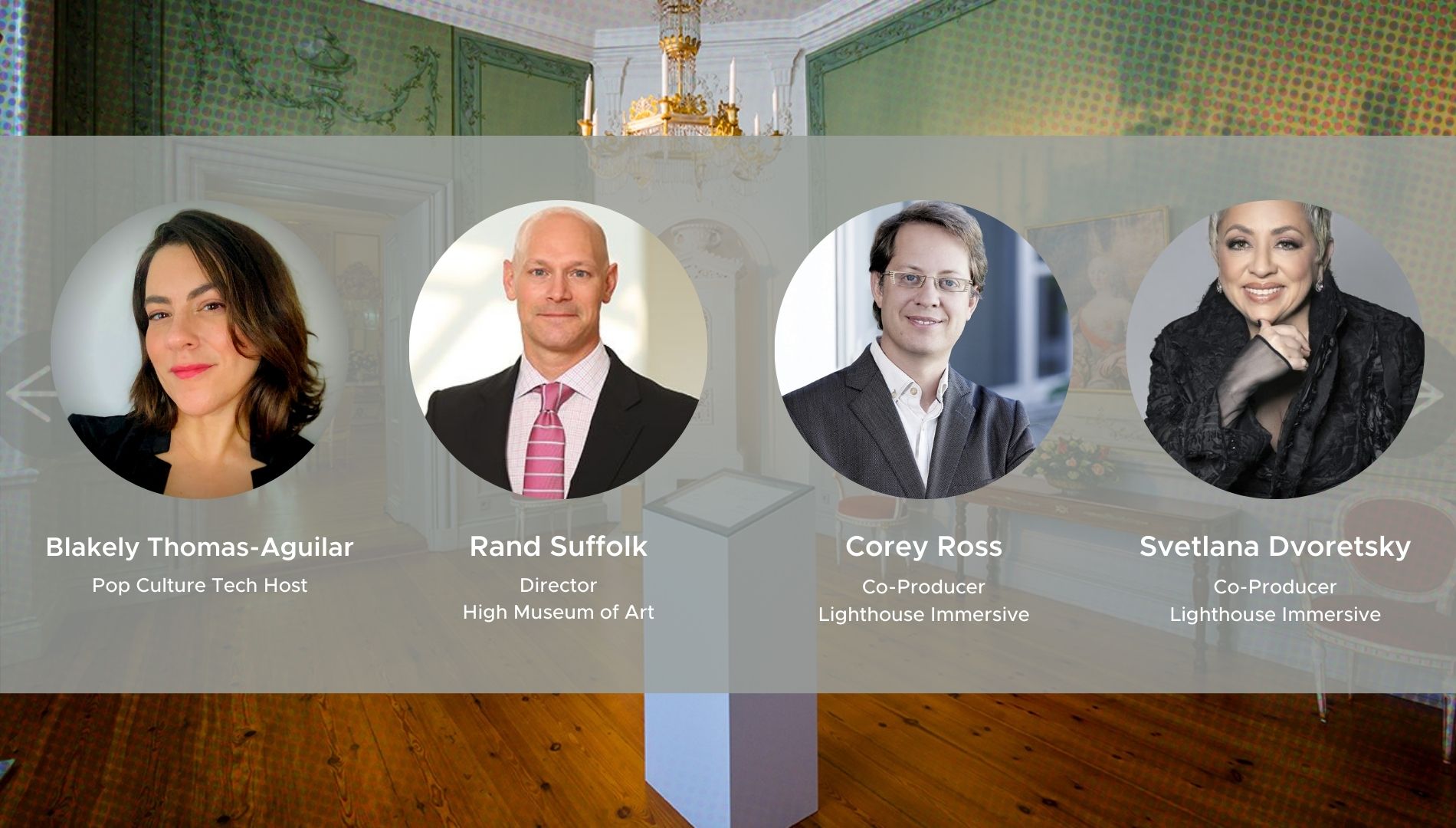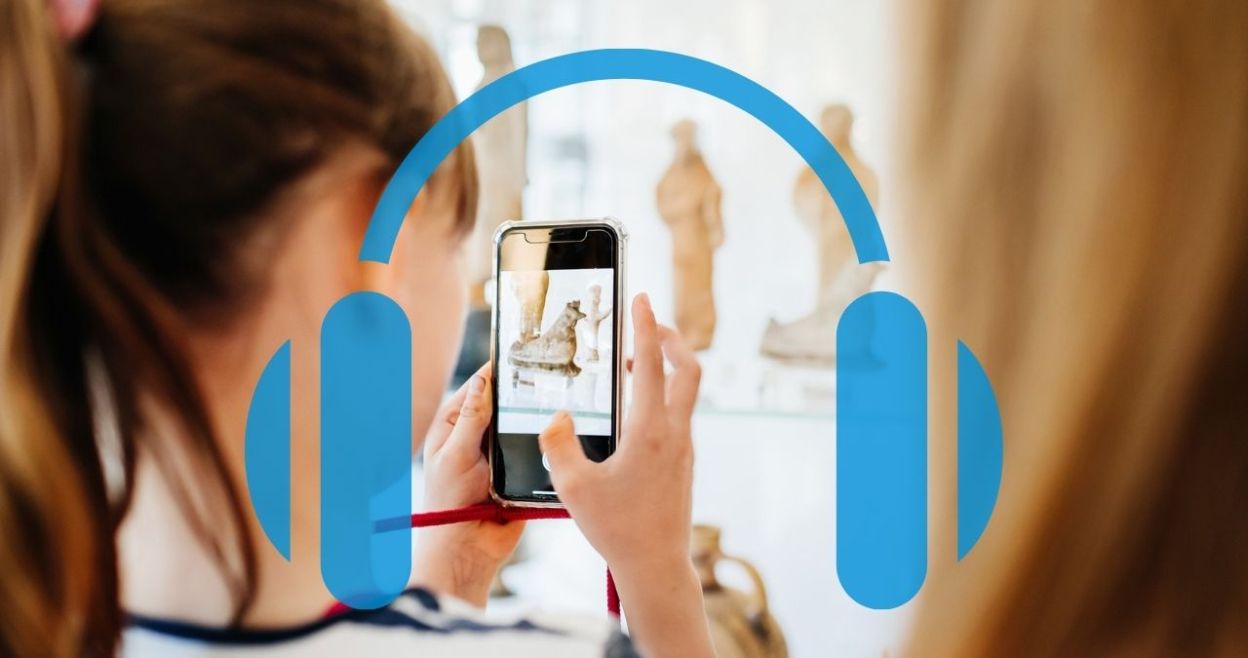What’s In This Episode:
- Art as the event
- Virtual engagement journeys
- Immersive, interactive museums and programs
- Breaking the fourth wall
- Gallery innovation
Listen In Your Favorite Podcast Player
Featuring (In Order of Appearance)

Digital Makeovers Keep Museum Audiences Engaged
Digital technology helps us transcend the physical and journey into the virtual—at work and at home. During COVID-19, it took us even further. Literally into works of art.
That’s been fortunate for museums as regular attendance plunged during the pandemic. The top 100 art museums were shut for an extra 145 days on average, adding up to a staggering 41,000 day in total, according to The Art Newspaper. Institutions used to long lines and large-scale patron events had to pivot quickly to reimagine visitor experiences.
Digital Drives Immersive Museum Programs
Staff from High Museum of Art in Atlanta, for example, quickly went to work generating ideas to adapt programming for online audiences.
“We moved key programs like Conversation Pieces, a 30-minute interactive focus on one work of art, and developed others like Masterworks and Mindfulness to give people a different space to deal with what we're all living right now,” said Rand Suffolk, director of The High.
New digital programming and the staff’s increasing use of social channels kept the community together. The goal, Suffolk said, was to “encourage people to engage more deeply with the work.”
Breaking the Fourth Wall
While museum experiences have clearly changed, so, too, has art expression. An amazing case in point: The Immersive Van Gogh Exhibit. It recently opened in Toronto, breaking what one of its producers called “the fourth wall.”
Attendees of this exhibit are “no longer visiting an art gallery where observation of the art is the piece as it was originally conceived—on the wall,” explained Corey Ross, co-founder and producer at Lighthouse Immersive.
The art is “immersive. It's around you—360 degrees. It's projected on every part of the room, on the floor and its projected on you. And when that happens, you have a totally different experience of the art,” he said.
Ross’ co-founder and co-producer, Svetlana Dvoretsky, experiences patrons’ emotions firsthand.
“When we observe people who come to our exhibit, we see a very wide range of emotions being expressed. Some people cry. Some people dance. Some people just lay down on the floor, in the meditative state,” she said. “I think it’s very interesting…the effect this kind of art makes. It’s not like it evokes a particular emotion. It depends on the state a person is in.”
Gallery Innovation
There’s something else that makes the Van Gogh Exhibit unique and that’s how visitors access the experience. Due to limited capacity and social distancing guidelines, the producers created two options for attendees: walk-in and drive-thru.
“It such a success for us that we're opening versions in Chicago and San Francisco in (2021),” Ross said. “And hopefully there'll be more cities, as well. We've managed to pivot in an interesting way without diminishing the experience."

